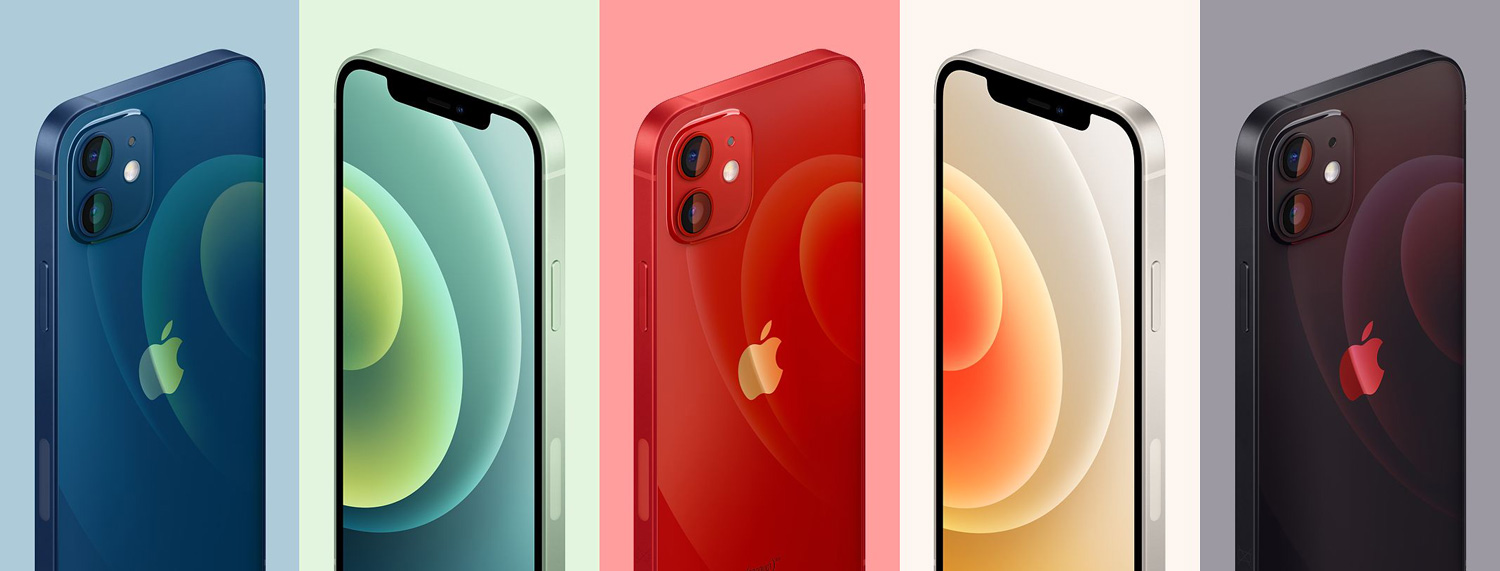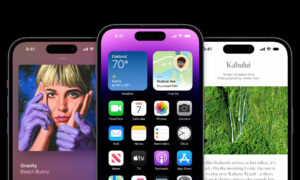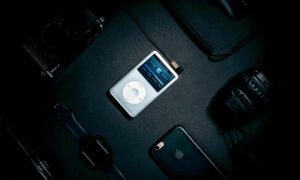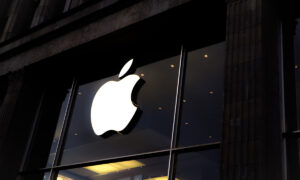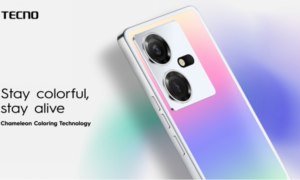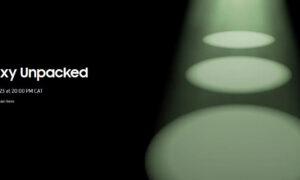A recent build of material analysis by counterpoint research has revealed the iPhone 12 has an estimated blended material cost of $412 (Ksh. 42,000).
So how and why is this important?
A blended material cost is simply the amount it takes for a company to manufacture a particular product.
A high or sophisticated bill of material is often an indication of the quality of the components used in the manufacturing of the smartphone.
Using this logic, you get a neutral framework to gauge on whether a smartphone has a fair retail price.
For instance, in this case, the base version of the iPhone has a listing price of $799 (Apple.com). With a bill of material of $412, it means ~$387 accounts for all the non-manufacturing costs related to selling the iPhone, be it distribution or the profit margin.
It is worthwhile to mention that the most expensive components of the iPhone 12 are the display subsystem and the 5G RF components.
In the case of 5G, the reason for this cost is that 5G is still by large standards a nascent and possibly most of the companies are yet to ramp up production for the economies of scale to kick in.
Another interesting bit is that the counterpoint estimates that Apple used $0.4 for battery and charging components. Well, that makes sense considering the iPhone 12 ships without the AC charger.
To offer a reference point for the above info, the Samsung Galaxy Note 20 Ultra 5G has a blended material cost of $549 (~Ksh. 56,000).
Kevin is a tech enthusiast and the lead writer at MobiTrends.co.ke. He has been writing about smartphones and tech related topics since October 2012. About Us | Contact Us

